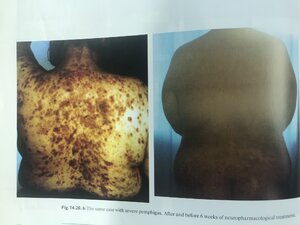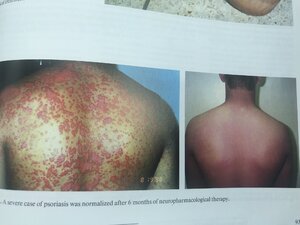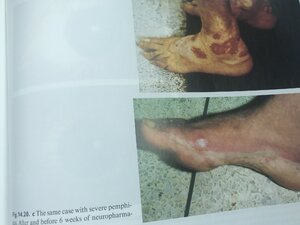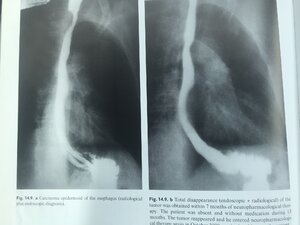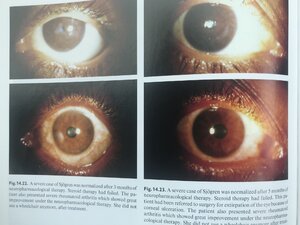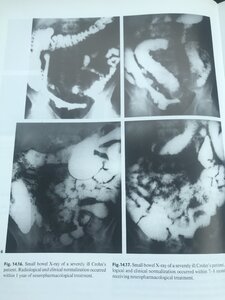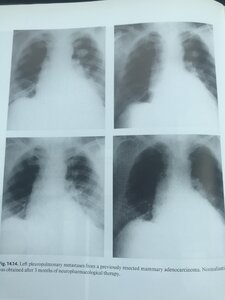@FGG Ok, so my understanding is that they found an increased ABR wave III/1 ratio, which to your point suggests they are indeed seeing central sensitisation, or increased centralised activity. But they also follow that statement up with the following:
"This evidence suggests that the amikacin treatment model could be a good candidate for studying temporary central gain increases due to peripheral inflammation".
So unless I'm reading this wrong, my understanding is that we have a peripheral issue potentially causing a central gain issue (loudness hyperacusis). It is also my understanding that the central gain issue (loudness) is treated through treating the peripheral issue (the cochlea). I understand that the type II sensitisation theory suggests a different mechanism entirely for pain (ATP leakage), but then I see this quote from this same study:
"
However, it is uncertain if the behavioral manifestations of hyperacusis/tinnitus seen in this study are caused by peripheral or central inflammation (Fuentes-Santamaría et al., 2017; Wang et al., 2019). We hypothesize that AGs lead to inflammation of the auditory nerve fibers resulting in hyperactivity, which may ascend through the central auditory pathway"
So there's two things here. Firstly, my interpretation of "behavioural manifestions" relating to hyperacusis is the reduced startle reflex they saw in these mice. So although they have the ABR wave measurement as an indicator of centralised gain, they do seem to be unsure as to whether the difference in the startle response is due to this centralised gain (central inflammation) at all. Is it not then possible that peripheral inflammation, in the context of this sentence, alludes to some kind of pain hyperacusis, especially given that it then refers to inflammation of the auditory nerve fibres in the next sentence? So I come back to my original question: how do we know the mice did not have both loudness and pain hyperacusis, and how do we know the change in the mice's behaviour wasn't down to a change in peripheral inflammation and as you suggested, a change in the inflammatory processes contributing to the ATP leakage?
It has occured to me that they may be referring to the type I auditory nerve fibres only, which I guess would make sense given that these are the fibres that carry sound information. But even if this is the case, I would be surprised if there was inflammation present in only one type of fibre and not the other. Assuming that this quote is referring to the type I
AND/OR type II fibres, is it not possible that Ebselen could help with both loudness and pain hyperacusis, given that they both
start (and in the latter case, remain) as peripheral issues?

 Member
Member